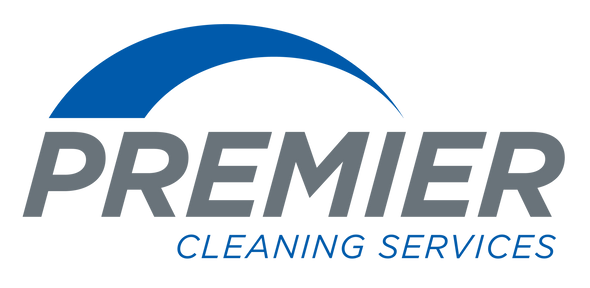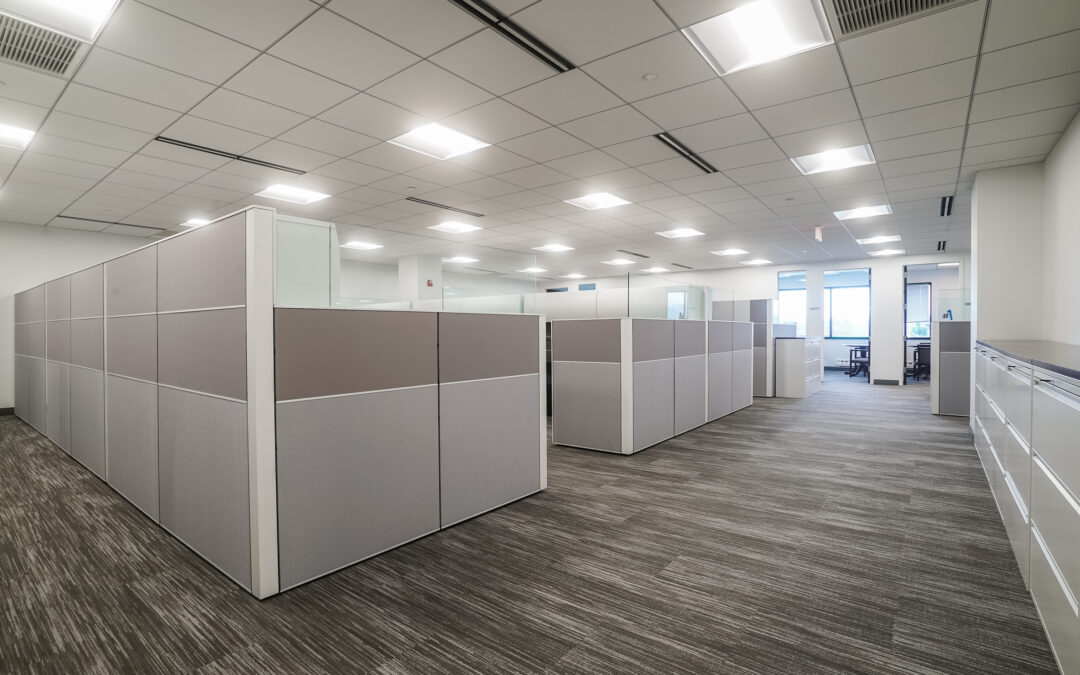Introduction
In the modern corporate landscape, maintaining a clean and organized office space is crucial for productivity, health, and overall well-being. Shared office spaces, in particular, require extra care and attention to ensure that they remain conducive to a positive working environment. This blog post will delve into practical strategies for keeping shared office spaces clean and organized, benefiting both individual employees and the organization as a whole.
The Importance of a Clean and Organized Workplace
Tidiness goes beyond aesthetics in a workplace setting. Keeping a clean environment has numerous benefits that directly impact employee performance and satisfaction. Here are some key reasons why maintaining a clean and organized office is essential:
- Enhanced Productivity: Clutter-free environments help reduce distractions, allowing employees to focus better and complete tasks more efficiently.
- Health and Safety: Regular cleaning reduces the spread of germs, lowering the risk of illnesses that can lead to absenteeism.
- Professional Image: A well-maintained office space projects a professional image to clients, partners, and visitors.
- Resource Efficiency: When items are properly stored and labeled, it’s easier to find supplies and equipment, saving time and reducing frustration.
Strategies for Maintaining Clean and Organized Shared Spaces
1. Establish a Cleaning Schedule
A regular cleaning schedule is fundamental to keeping shared office spaces tidy. This schedule should include daily, weekly, and monthly tasks to ensure comprehensive maintenance. Some recommended activities are:
- Daily: Emptying trash bins, wiping down commonly used surfaces, and ensuring communal areas are tidy.
- Weekly: Dusting surfaces, vacuuming carpets, and cleaning windows.
- Monthly: Deep cleaning carpets, sanitizing kitchen areas, and checking for any maintenance issues.
Creating a checklist and assigning responsibilities can help ensure that everyone in the office contributes to maintaining cleanliness.
2. Implement a Clear Desk Policy
A clear desk policy encourages employees to clear their desks at the end of each day. This not only helps employees keep a clear, organized desk, but also ensures that important documents are all filed appropriately. Some helpful tips for implementing this policy are:
- Providing sufficient storage solutions such as filing cabinets and desk organizers.
- Encouraging employees to digitize documents whenever possible to reduce paper waste and clutter,
- Setting aside the last few minutes of each workday for tidying up.
3. Designate Specific Areas for Common Items
Shared office spaces often become cluttered when items do not have designated storage areas. To combat this, create specific zones for common items such as office supplies, printers, and personal belongings. Create clear labels for these areas so that employees can quickly find what they need and return items to their proper places.
4. Encourage Minimalism in the Workplace
Encouraging minimalism can significantly reduce clutter in shared spaces. Advise employees to keep only essential items at their workstations and to periodically review and discard items that are no longer needed. This practice can extend to digital clutter as well, prompting employees to regularly clean out their email inboxes and computer desktops.
5. Foster a Culture of Cleanliness
Creating a culture that values cleanliness starts with leadership. Management should lead by example and communicate the importance of maintaining a clean and organized workspace. Regularly reminding employees of the benefits and providing positive reinforcement can help foster this culture. Consider organizing periodic clean-up events or challenges to make the process engaging and collaborative.
6. Use Organizational Tools
There are numerous tools and products available that can aid in keeping shared office spaces organized. These include:
- Desk Organizers: Trays, drawers, and shelves can help keep individual workstations tidy.
- Cable Management Solutions: Clips, sleeves, and boxes can help manage the tangle of cords and cables commonly found around desks.
- Label Makers: Clearly labeling storage areas and containers helps ensure items are returned to their proper places.
- Digital Tools: Project management and task tracking software can help organize workflows and reduce the need for physical paperwork.
7. Maintain Clean Communal Areas
Communal areas such as kitchens, break rooms, and meeting rooms require special attention. Establishing rules for these spaces can help maintain order. For example:
- Kitchen: Implement a “clean as you go” policy, requiring all employees to wash their dishes immediately after use. Check the fridge regularly for expired food items and ensure countertops are wiped down daily.
- Break Rooms: Provide storage for personal items and encourage employees to clean up after themselves.
- Meeting Rooms: Ensure that these rooms are left tidy after each use, with whiteboards erased and materials put away.
8. Hire Professional Cleaning Services
While regular cleaning by employees is essential, professional cleaning services can provide a deeper level of cleanliness. These services can be scheduled for thorough cleanings on a weekly or monthly basis, ensuring that areas like flooring, upholstery, and hard-to-reach places are properly maintained.
Overcoming Common Challenges
Despite the best efforts, maintaining a clean and organized shared office space can present challenges. Here are some common issues and strategies to address them:
1. Employee Buy-In
One of the biggest hurdles is getting all employees on board with cleanliness initiatives. To overcome this, involve employees in the process from the beginning. Seek their input on cleaning schedules and policies, and provide education on the benefits of a clean workspace. Motivate others by recognizing and rewarding employees who consistently contribute.
2. Space Limitations
Limited space can lead to overcrowded workstations and storage areas. Maximizing vertical space with shelves and wall-mounted organizers can help. Additionally, consider adopting a hot-desking model, where employees do not have assigned desks but use available workstations, encouraging them to keep the space clean.
3. Consistency
Maintaining consistency in cleaning efforts can be challenging. Regular audits and check-ins can help ensure that cleaning standards are upheld. Commercial cleaning services can help to provide you with the consistency your business deserves.
The Role of Technology
Technology can play a significant role in maintaining clean and organized office spaces. Here are some tech-based solutions to consider:
1. Digital Document Management
Transitioning into a paperless office is the key to significantly reducing clutter. Implementing a robust digital document management system allows employees to store, share, and retrieve documents electronically, reducing the need for physical storage.
2. Smart Office Solutions
Using task management software can help keep track of cleaning and organizational tasks. Tools like Trello, Asana, or Microsoft Teams can assign tasks, set deadlines, and monitor progress, ensuring that no task is overlooked.
Conclusion
Keeping shared office spaces clean and organized is not just about aesthetics; it significantly impacts productivity, health, and workplace morale. By implementing structured cleaning schedules, fostering a culture of cleanliness, utilizing organizational tools, and leveraging technology, offices can maintain a tidy environment that benefits everyone.
Ultimately, maintaining a clean and organized workspace requires a collective effort. When everyone in the office takes responsibility and contributes to these initiatives, the results are a more efficient, enjoyable, and professional working environment. Whether you’re a manager looking to improve your office’s upkeep or an employee wanting a more pleasant workspace, these strategies can help transform shared office spaces into cleaner, more organized, and more productive environments.

